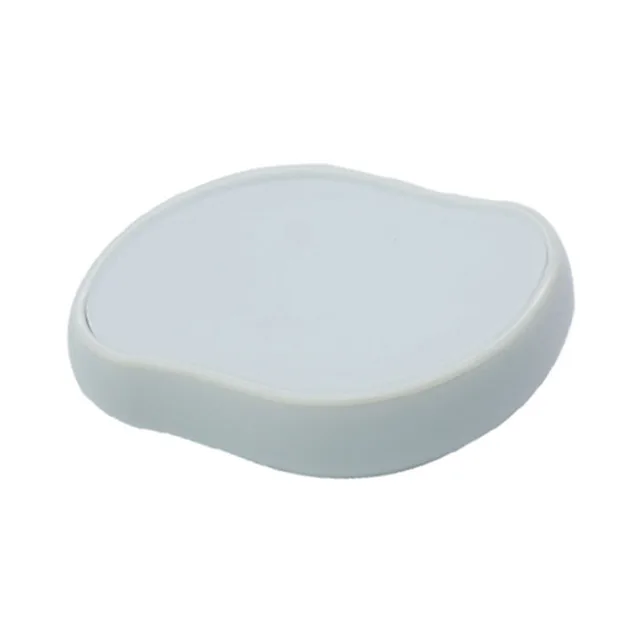What are the disadvantages of epilators?
Introduction:
Epilators have gained popularity as an alternative to traditional hair removal methods such as shaving or waxing. These handheld devices use multiple tweezers to pluck hair from the root, providing longer-lasting results. While epilators offer several advantages, it’s important to consider their potential disadvantages before incorporating them into your hair removal routine. In this guide, we will explore the disadvantages of using epilators. By understanding these drawbacks, you can make an informed decision about whether epilation is the right choice for you.

What are the disadvantages of epilators?
Pain and Discomfort:
One of the primary disadvantages of epilators is the potential for pain and discomfort during the hair removal process. Plucking multiple hairs at once can cause a stinging or pinching sensation, especially for individuals with sensitive skin or those using an epilator for the first time. While some epilators are designed to minimize pain, such as models with built-in massaging or cooling features, the process can still be uncomfortable, especially in more sensitive areas of the body.
Skin Irritation and Redness:
Epilation can sometimes cause skin irritation and redness, particularly for individuals with sensitive skin or those prone to allergies. The pulling motion of the epilator can temporarily irritate the skin, leading to redness, inflammation, or even small bumps. This reaction is more common during initial use or when using an epilator on sensitive areas like the bikini line or underarms. However, with proper preparation, aftercare, and regular use, the skin usually adapts and becomes less sensitive to the process.
Ingrown Hairs:
Epilators can increase the risk of ingrown hairs, which occur when hair grows back into the skin instead of emerging from the follicle. The plucking action of the epilator can sometimes cause the hair to break unevenly, leading to ingrown hairs. Additionally, frequent hair removal can disrupt the natural growth pattern, potentially increasing the likelihood of ingrown hairs. Proper exfoliation and skincare routines can help minimize the occurrence of ingrown hairs, but they remain a potential downside of using epilators.
Time-Consuming:
Epilation can be a time-consuming process, particularly when compared to quicker methods like shaving. Since epilation involves plucking hairs one by one or in small sections, it can take longer to achieve hair-free results. The time required depends on the size of the area being treated, the density of hair, and the individual’s proficiency with the epilator. The need for multiple passes over the same area to catch all the hairs can further extend the process, making it less convenient for those with time constraints.
Regrowth Period:
While epilation provides longer-lasting results compared to shaving, it still requires waiting for hair to regrow before it can be effectively removed again. This regrowth period can be challenging for individuals who prefer continuously smooth skin. Depending on the individual, hair may start to regrow within a few days to a few weeks, and it needs to be long enough for the epilator tweezers to grasp and remove it effectively. This regrowth phase may be undesirable for those seeking constant hair-free skin.
Not Suitable for All Hair Types:
Epilators may not be suitable for all hair types, particularly very fine or short hairs. The tweezers on some epilators may struggle to grip these hairs effectively, resulting in incomplete hair removal or missed patches. Similarly, individuals with sparse hair growth may not find epilation as effective, as there may not be enough hair for the tweezers to grasp. It’s important to consider hair type and density when deciding whether epilation is a suitable hair removal method.
Potential for Broken Hairs:
Epilation involves pulling the hair from the root, which can occasionally result in broken hairs instead of complete extraction. When a hair breaks instead of being pulled out entirely, it can lead to uneven regrowth and a stubbly appearance. Broken hairs may be more prone to ingrown hairs or become tangled under the skin’s surface. Proper technique, ensuring the hair is long enough for effective removal, and using the epilator at the correct angle can help reduce the occurrence of broken hairs.
Cost:
Epilators can be a significant investment, especially for high-quality models with additional features. While the initial cost may be higher compared to disposable razors or waxing kits, the long-term cost of using an epilator can be more cost-effective. However, it’s essential to consider the upfront investment when deciding whether to purchase an epilator.
Battery Life and Maintenance:
Epilators are typically cordless devices, relying on rechargeable batteries for operation. Depending on the model, the battery life of an epilator can vary. Some may require frequent recharging, which can be inconvenient if the device loses power during use. Additionally, epilators may require regular maintenance, such as cleaning the tweezers or replacing worn-out parts, to ensure optimal performance and longevity.
Conclusion:
Epilators offer several advantages as a hair removal method, including longer-lasting results and reduced frequency of hair removal compared to shaving or waxing. However, it’s important to consider the potential disadvantages before incorporating epilation into your routine. These disadvantages include pain and discomfort, skin irritation and redness, ingrown hairs, time-consuming process, regrowth period, limitations for certain hair types, potential for broken hairs, cost, battery life, and maintenance requirements. By weighing the pros and cons, you can make an informed decision about whether epilation is the right hair removal method for you, based on your preferences and individual needs.
